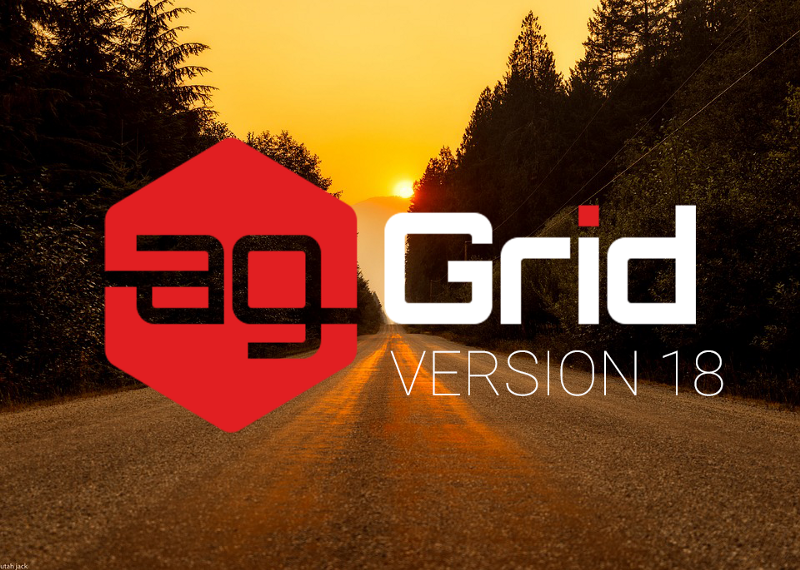

Click Connect to connect to your database: If you have copied your database URL to the clipboard, Postico will automatically be populated with your database information. Now, go to Postico and click New Favorite. Click on the name of the instance you just created, and copy the URL listed under Details. This automatically brings you to a list of your instances. If everything looks good, click Create Instance. Give it a name, select the region, and click Review. To import the file into ElephantSQL, sign in and create a new instance.

#Ag grid react how to#
While this tutorial will show you how to build the app using a PostgreSQL database like ElephantSQL, you can use whatever type of database you prefer for your own app. In the demo app, the CSV file has been imported into a hosted ElephantSQL database using Postico, a PostgreSQL client for Mac.
#Ag grid react download#
This will download a CSV file to your computer. When you are done, click Download Data on the bottom of the screen. You can change this number by editing the text box labeled “# Rows”. To find the appropriate field types, you can either browse the provided categories or type a keyword in the search bar:īy default, Mockaroo will generate one thousand rows of data. To generate these records using Mockaroo, fill in the Field Name and Type for each field you want to create: For the sample app, this tutorial uses Mockaroo to generate one hundred records with first_name, last_name, job_title, office, email, and phone fields. Get Some Dataįirst things first: you’ll need some data to display in your grid.
#Ag grid react full#
You can check out the sample app for this tutorial in action here and refer to the full code in this GitHub repo. Then, you will create some simple tests using Jest and the React Testing Library. In this tutorial, you’ll learn how to create a Next.js app that utilizes Next’s native API routing to fetch data and display it on the frontend using AG Grid. Together, they can be used to create internal dashboards, finance apps, data models, and anything else that requires the fast, accurate handling of large amounts of data. Next.js’s and AG Grid are highly complementary. It can create integrated and standalone charting and it also comes with the ability to select, filter, sort, and edit rows, making it an all-around useful tool for wrangling complex data tables. Meanwhile, AG Grid can process over 150,000 updates per second, making it the perfect choice for livestreaming data. Out of the box, it includes hybrid static and server rendering, image optimization, TypeScript support, easy routing, and more. Next.js is known for its painless implementation of advanced features and superior developer experience-it makes it easy to create production-ready web apps with zero configuration. Next.js combines well with many other technologies, including AG Grid, a feature-packed data grid with over 1.2 million monthly downloads and over 80 percent of Fortune 500 companies using the Enterprise edition. If you’ve worked with React recently, you’ve likely heard of Next.js, a popular React framework with a great developer experience.

This post contributed to the AG Grid blog by Veronica Stork.


 0 kommentar(er)
0 kommentar(er)
